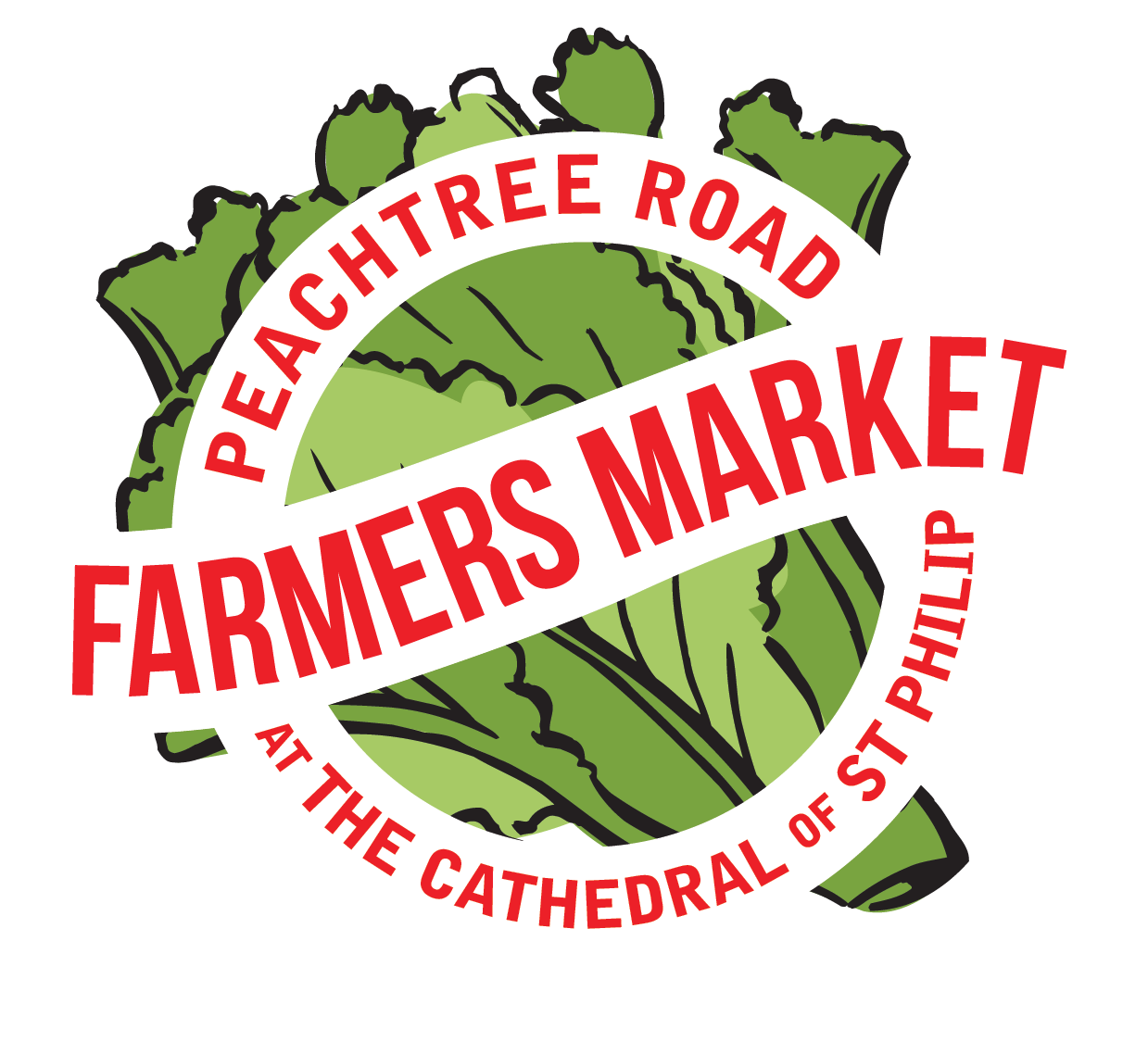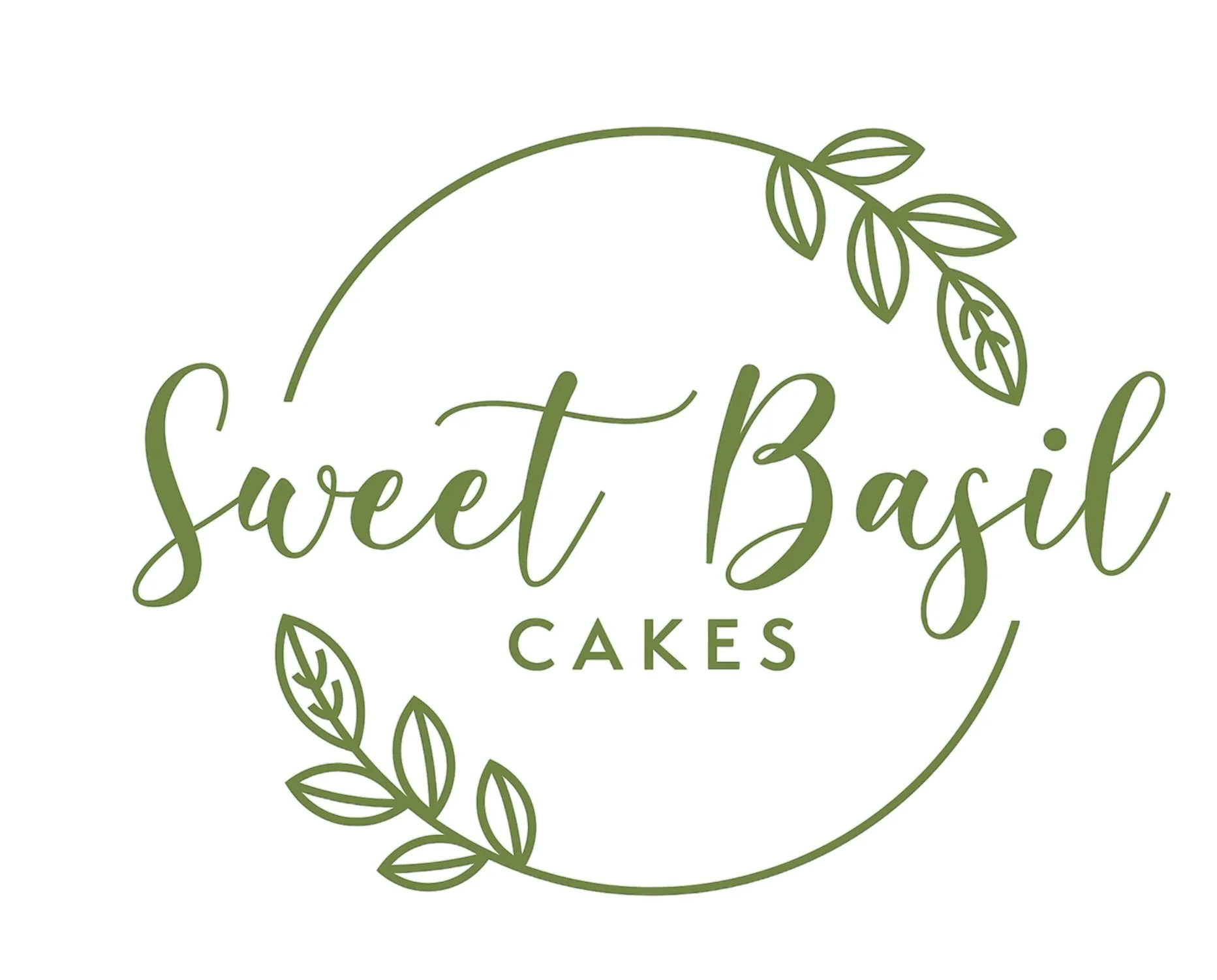It's summertime in Georgia, and the produce is bountiful! It's a truly fun time at the farmer's market when the peaches are juicy, the greens are vibrant, and the tomatoes just keep on coming. But it's also easy to get carried away and shop with your eyes, only to return home with your goodies and realize you've got a problem. Where are you going to store all this great food? And do you have time to cook and eat it while it's still in good shape? With just a few simple tips, you can make food waste and storage challenges of the past!
Plan Your Purchases in Advance
Before you go to the farmer's market, taking a moment to make a quick plan for your trip is the best way to reduce food waste. Look at your calendar to see what the week ahead looks like. If you've got a very full week, then you know that you may not have time to cook much from scratch. This might be a good week to enjoy prepared foods from the market.
Perhaps you're going out of town for several days - you'll want to bring home items that are relatively shelf stable (like dried pasta and nuts) or that can be frozen to extend their shelf life. Or it might be one of those glorious summer months where you do have time to play in the kitchen - stock up on fresh produce and meats that will pair well for a meal, or items that you can preserve for future use when they're not in season (see below).
You don't need to create a detailed meal plan for this to be effective. Just a few minutes of reviewing your calendar and recognizing what you have time for can make a big difference in how you shop each week.
Mitigate Food Waste with FIFO
If you've ever worked in a restaurant, you may be familiar with the term "FIFO" (first-in, first-out). It's a core principle for food safety in a professional kitchen. It's also an excellent practice to use in your home kitchen as well.
Essentially, using the FIFO method in your home means that the items that came in first (and therefore have been in your pantry or fridge the longest) are the items you want to use up first (because they'll expire first). To make it easier to accomplish this, store items in your fridge and pantry with the oldest items in front of the newer items. As you add new items, don't add them to the front of the shelf. Add them to the back of the shelf, behind the items that were already on the shelf.
One thing that will make this easier is understanding what will go bad first so that you can use it before it becomes food waste. Store bought items may have expiration dates, "best by" dates, and other dates to help you discern if something is still good. But many items sold at the farmer's market might not have a date on them. Last I checked, labels with expiration dates don't grow on the vine with the watermelon! In these cases, it's helpful to look at guidance from trusted sources like FoodSafety.gov which provides a helpful chart of cold food storage recommendations. And sometimes your best resource for knowing if food is still good is your own body. Don't forget to engage your eyes, nose, and tongue!
Preserving Food for the Future
You may be interested in "putting up" some of your farmer's market finds for the future! Whether you're looking to can blackberry jam and green beans, freeze field peas and corn, or dehydrate tomatoes and bell peppers, you can enjoy seasonal produce all year long when you preserve it. This is another good thing to plan in advance. Each preservation technique requires supplies and equipment that you'll need on-hand when your produce is fresh.
Different methods also take different amounts of time to prepare. Knowing your capacity on a given week is important or your precious purchase might become food waste. For example, I would never can peach butter on a busy week. It takes several hours to prepare the fruit, cook the preserves, and can the results.
You'll also want to have an idea of what you're making and what recipe you're using in advance. If I'm buying blueberries just to have blueberries, then I'm probably only going to buy a pint. If I'm making blueberry syrup, then I need to buy at least four quarts!
Resources
There are some excellent books and YouTube resources if you want to learn about preserving your produce. I recommend UGA Cooperative Extension's So Easy to Preserve, 6th ed. by Elizabeth Andress and Judy Harrison. This fantastic resource has been a project for decades (I still have my mother's copy of "So Easy to Can" published in 1978!) and is a must for anyone looking to preserve food at home.
Dr. Lindsey E. Hardegree, DMin
Lindsey Hardegree (she/her) provides coaching and consulting at Get Organized Y'all®. She is a professional organizer and productivity consultant trained and certified by Marie Kondo as Georgia’s first Certified KonMari Consultant. She is also one of the first YNAB Certified Coaches trained to coach people on mindful spending using the YNAB method of giving every dollar a job. She loves helping people create their ideal life by organizing their spaces, systems, and finances.
Professionally, Lindsey is a nonprofit executive director and lay theologian in The Episcopal Church. Her doctoral research focused on spirituality outside of the church and missional ecclesiology. She loves reading, Star Wars, baking & cooking, and enjoying great coffee and bourbon.

























